Wonderful Wildlife in May
This is the month when a big transformation takes place. We don’t have to do anything though – just stroll around and enjoy the wonderful wildlife in May!
May started with plenty of sunny weather although it was colder than usual for this time of the year. Towards the end of the month there was plenty of steady and much-needed rain and that transformation is almost complete. April’s small green shoots are well on the way to becoming fully-fledged leaves. Wonderful Wildlife
Birds
The big news is that the Tawny Owls have raised two babies (known as Owlets, pictured above)! I only saw them both together on three consecutive days at the beginning of the month and they proved very popular with visitors to the cemetery. The last day I saw them one was perched at the entrance to the nest box and the other was sitting on the roof. I saw them stretching their well-developed wings ready for fledging and I hope they have now done this successfully.
There is at least one family of recently-fledged Long-tailed Tits in the cemetery as I recently saw an empty nest in the centre of some Brambles. I caught up with this family just outside the boundary in Western Cemetery and counted at least ten of them in a Cherry tree.
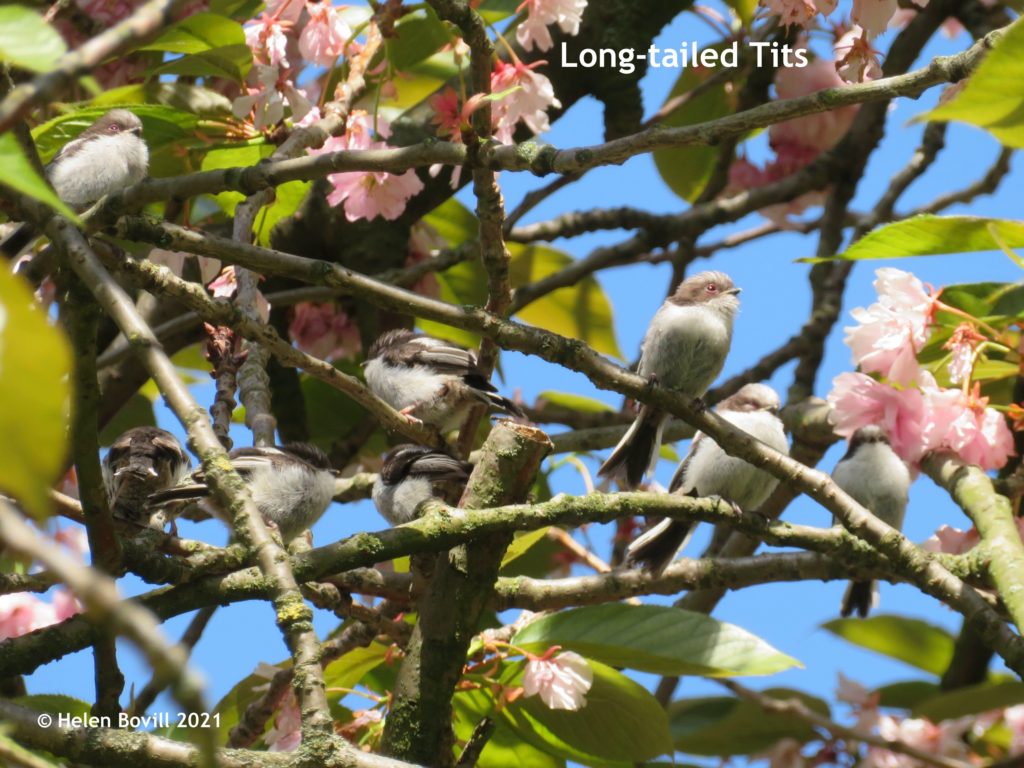
Butterflies and other insects
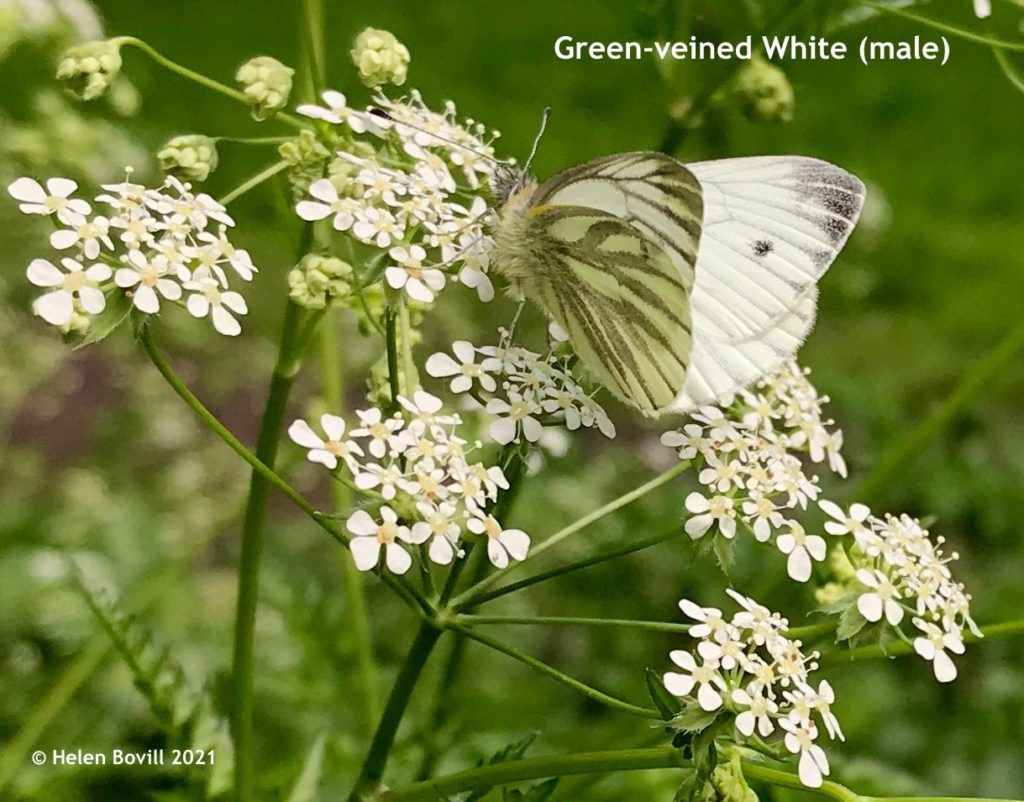
Four species of white butterfly were seen in the cemetery with Large White, Small White, Green-veined White and Orange-tip flying in decent numbers whenever the sun was out. This was the dominant butterfly colour in May. Several Speckled Wood and one or two Peacock, Brimstone and Holly Blue were also seen.

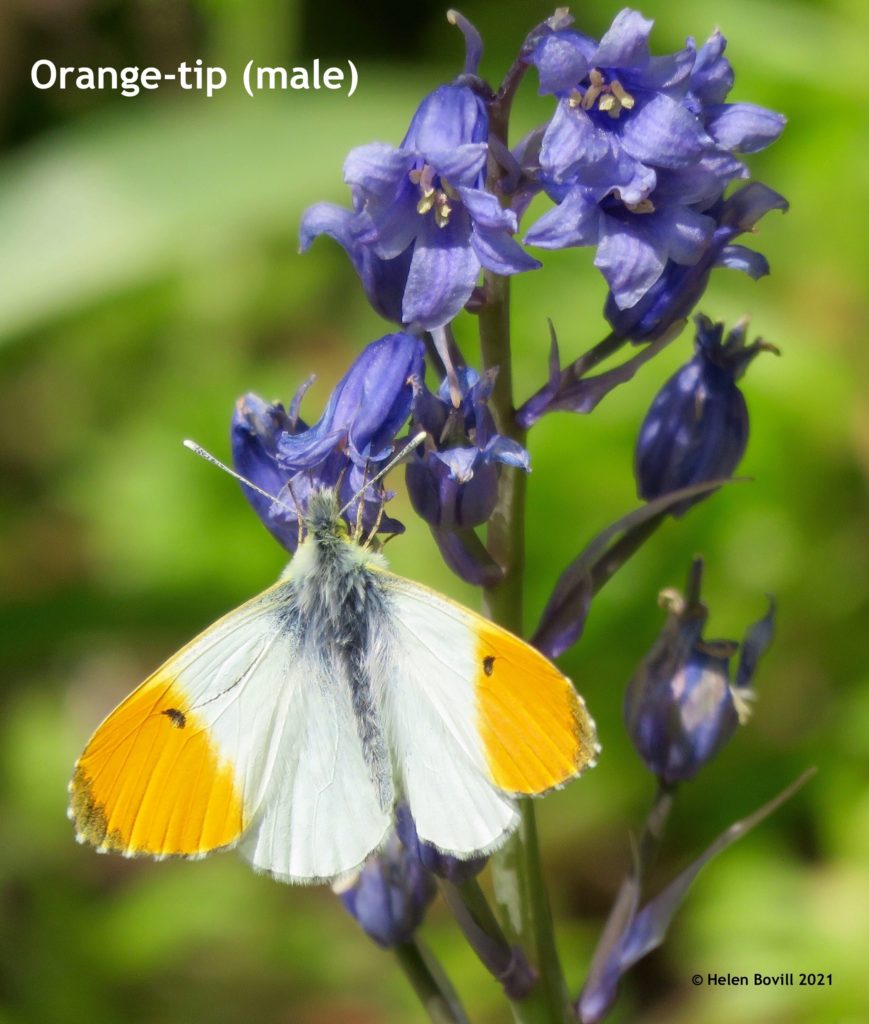
Ladybirds have now emerged from hibernation and are plentiful and varied. The UK actually has a dozen or so native species with the 7-Spot being the most common. You should therefore never assume a strange-looking Ladybird is a non-native Harlequin!
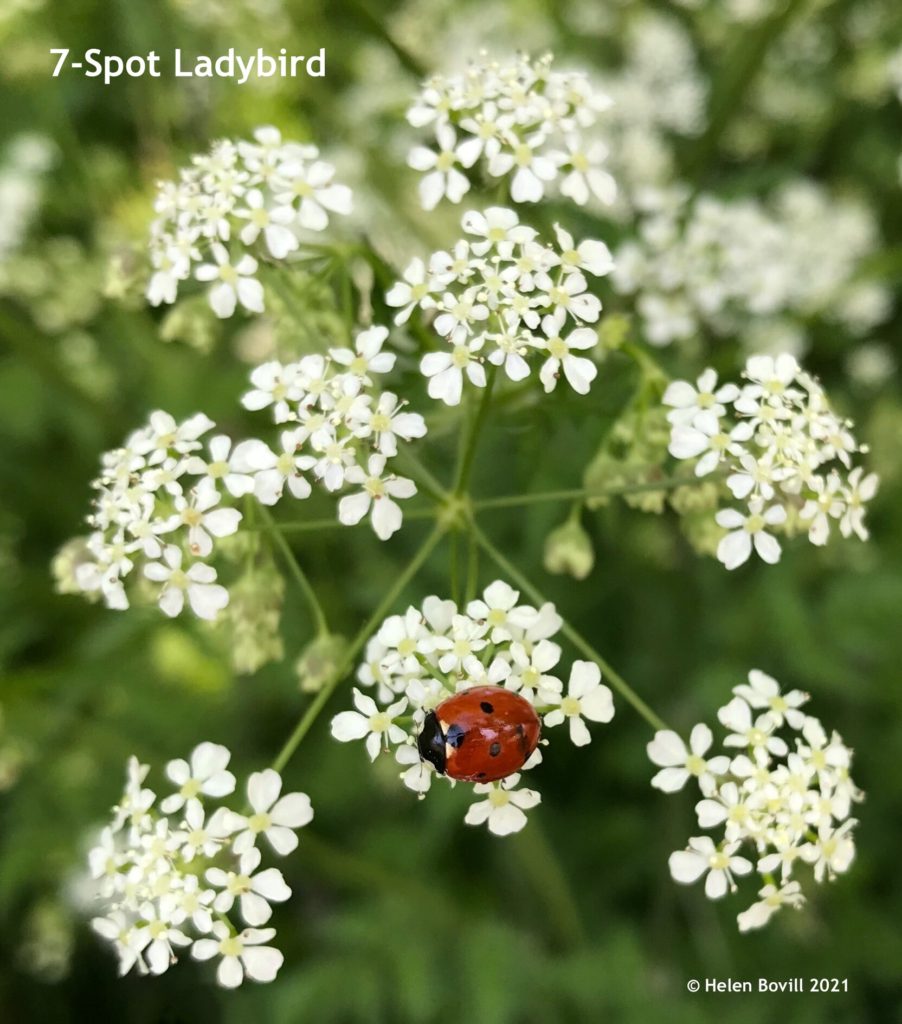
Flowers
The Bluebells were in full bloom growing in beautiful carpets throughout the cemetery. Many of them are the cultivated Spanish variety, having quite upright stems and conical bell-shaped flowers. They have blue pollen and no scent.
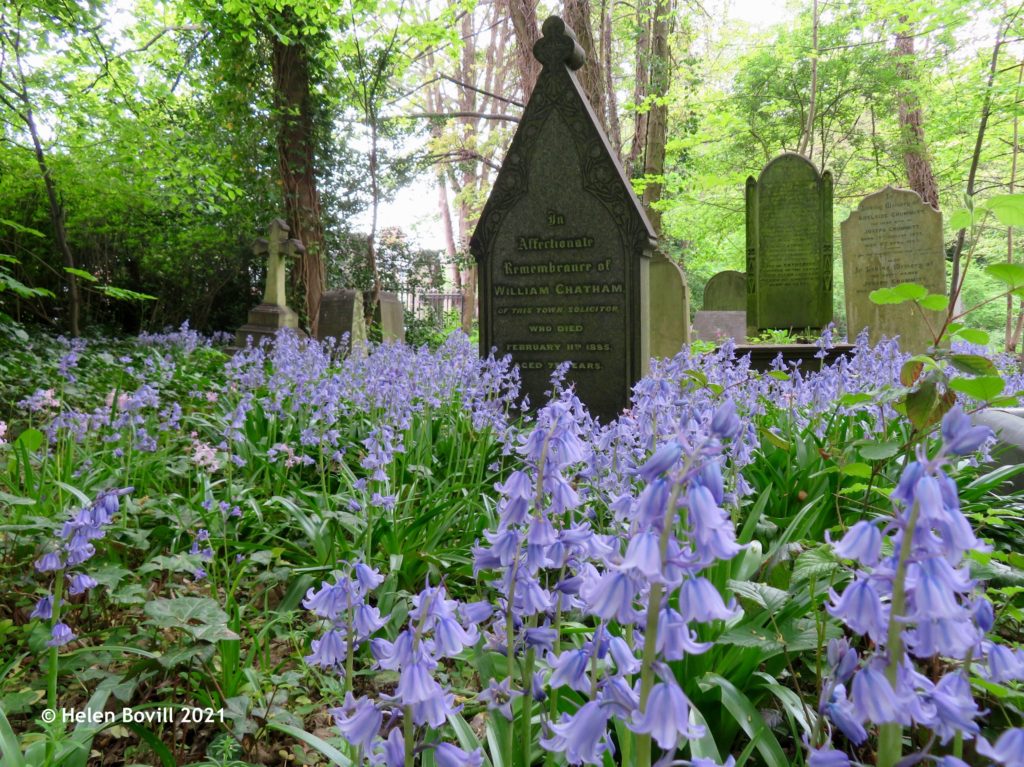
Native Bluebells on the other hand have curved, drooping stems and narrower bell-shaped flowers with rolled back tips. They are also scented. Only Bluebells that have ALL these characteristics are true native ones. Those with only some are hybrids of the native and Spanish varieties. The ones in the Orange-tip photo are most probably native ones although it wasn’t possible to smell them to confirm this!
The Wild Garlic (also known as Ramsons) is now in full flower in several places and you can catch its distinctive smell as you walk by. These along with many other plants seen this Spring have flowered slightly later than usual.
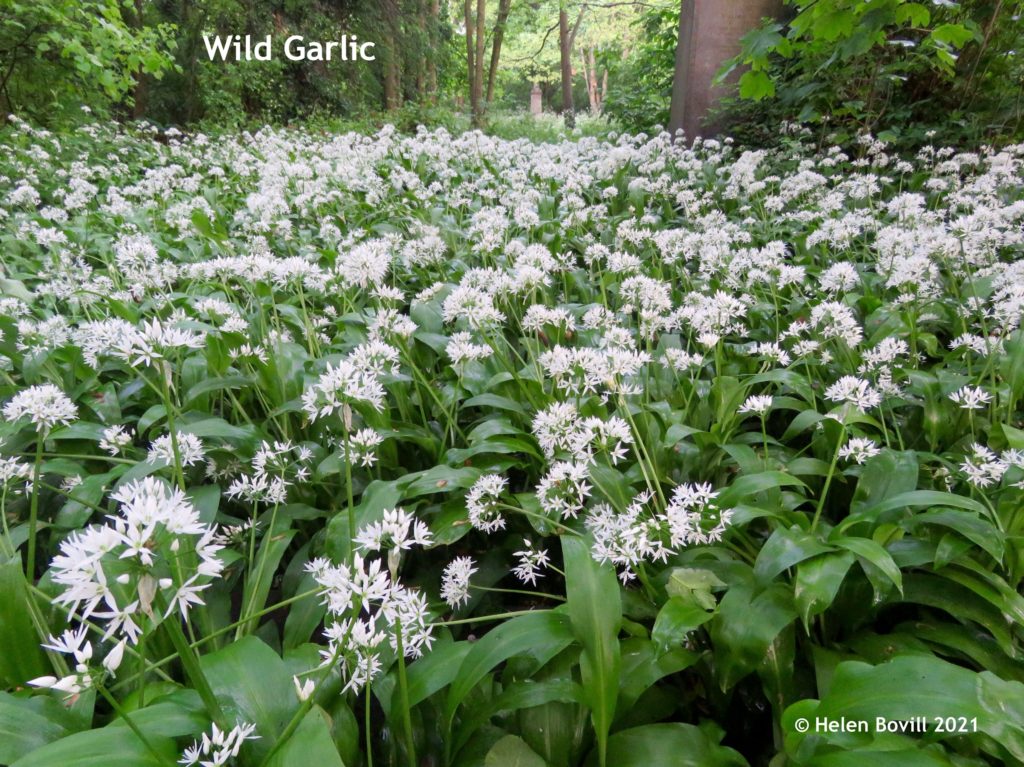
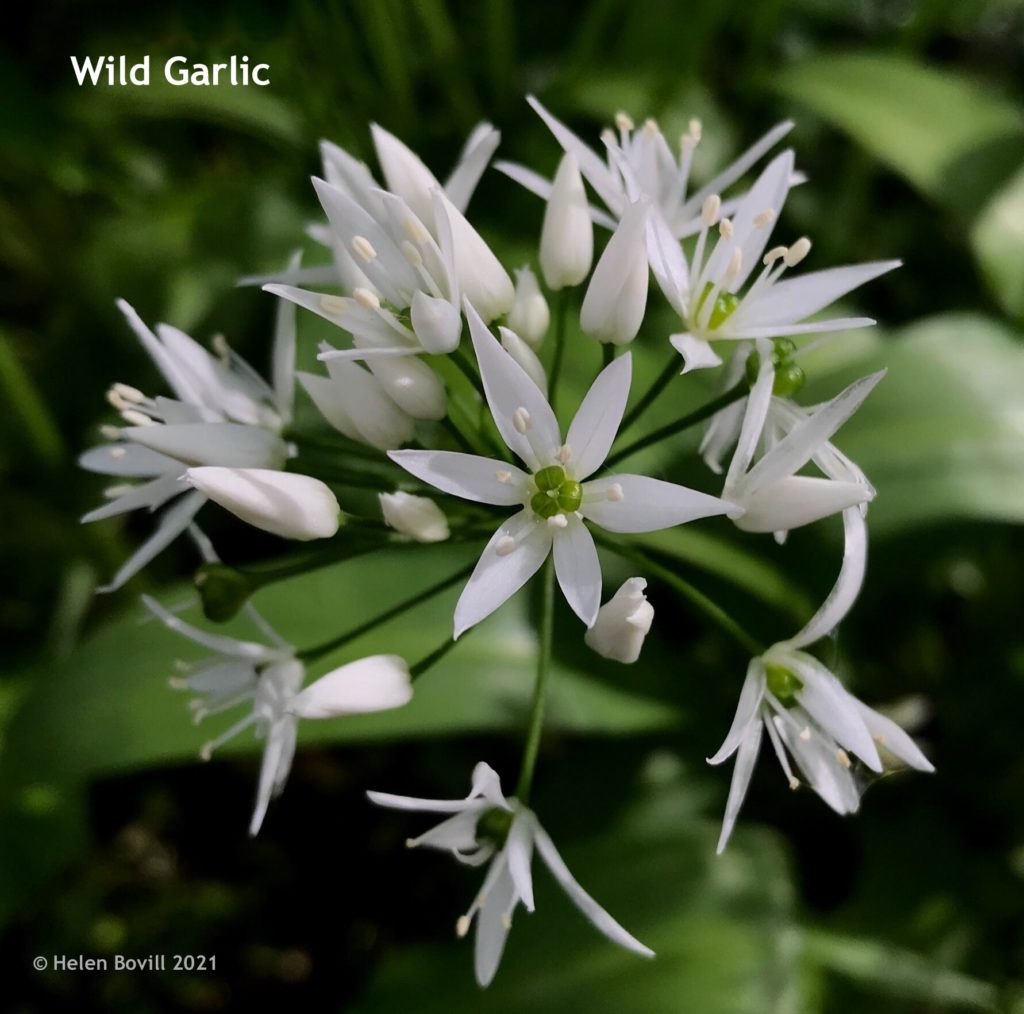
Another white flower that can now be seen inside the cemetery and on the Spring Bank West verge is Cow Parsley. Its lush growth lines the footpaths and covers the areas further back in the centre. It provides a valuable source of nectar for butterflies and many other small insects. Most visitors to the cemetery in May, even after an absence of only a week or so, will notice the transformation straight away. This is completely natural and does not make the area ‘’overgrown’’. The sight lasts for a few weeks and then the plants start to die back, leaving seed heads that provide more food for the birds.
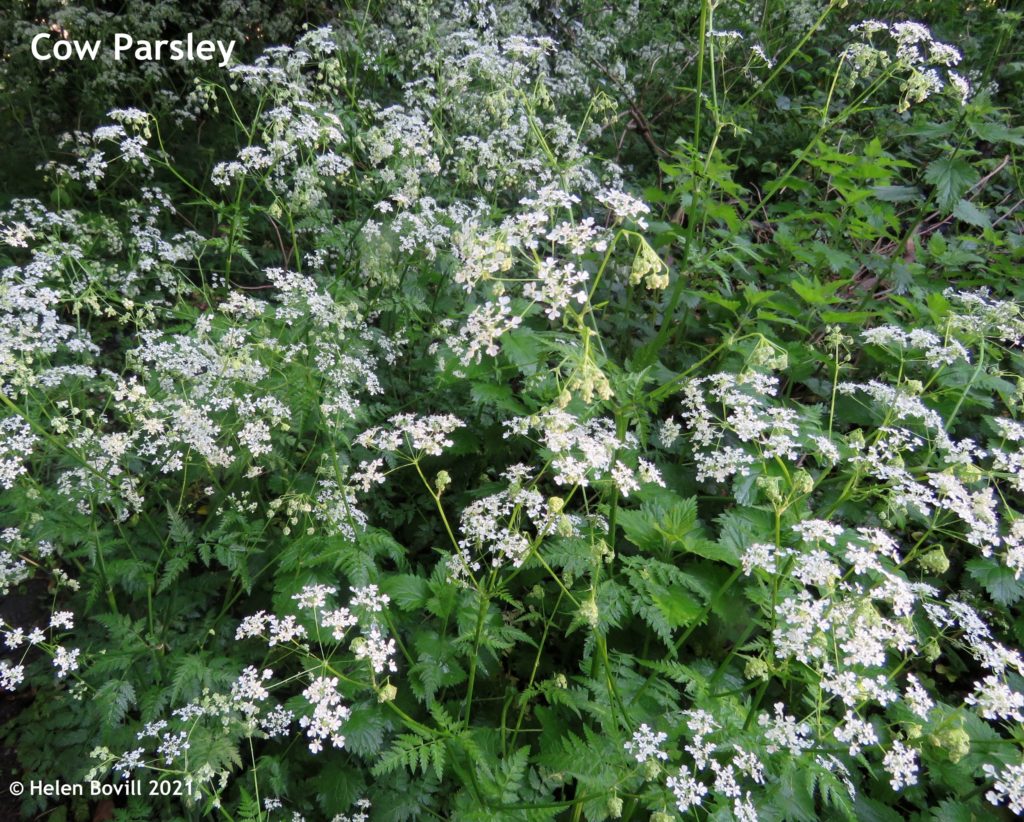
A similar-looking plant is the native Hogweed. It is sturdier and slightly taller than Cow Parsley and has large flat leaves. It also has large clusters of white flowers although the buds are dark pink on the outside.
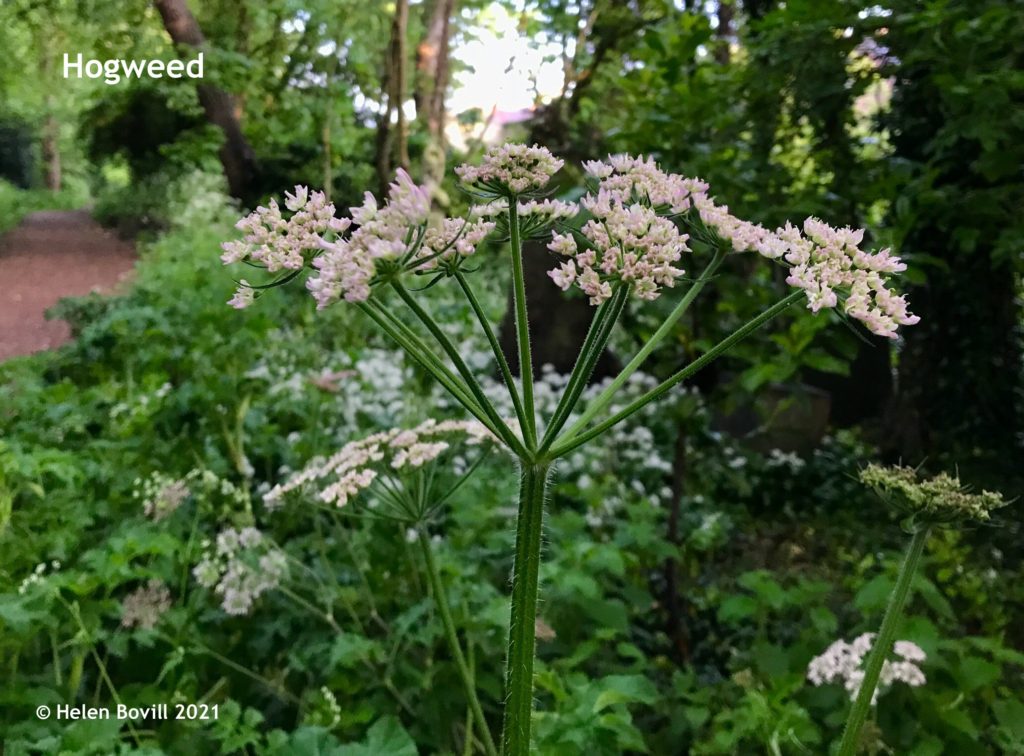
There are still a few Celandines in flower. Quite remarkable considering the first flowers appeared back in January! Buttercups are now in flower and there is Hawks-beard and Common Vetch on the Spring Bank West verge.
Several plants have tiny flowers and many of these tend to get overlooked or simply dismissed as weeds. But once you know their names they stop being weeds and become wildflowers. Some of those smaller ones that can be seen at the moment are Hedge Mustard (not to be confused with Garlic Mustard, which I talked about last month), Shepherds-purse and Herb-Robert.
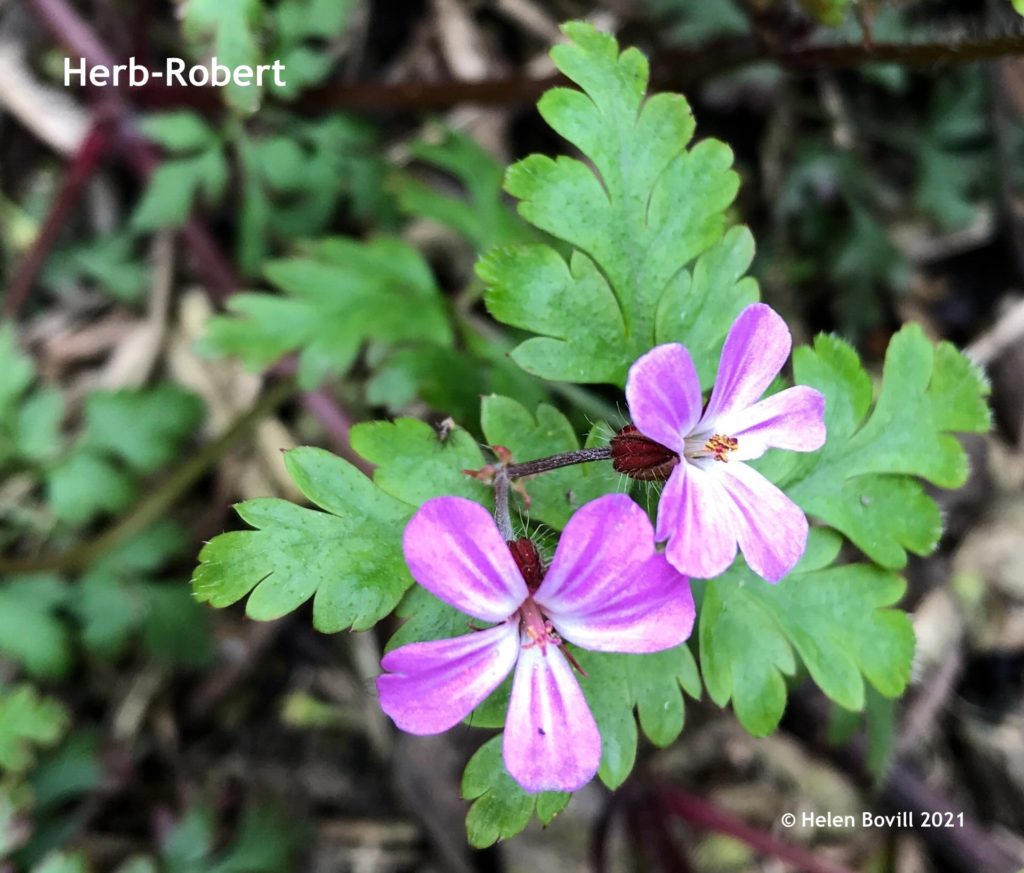
Mushrooms
A new sub-heading to reflect some excellent specimens that were found this month! Mushrooms and fungi can be seen at any time of the year on fallen logs and on living trees.
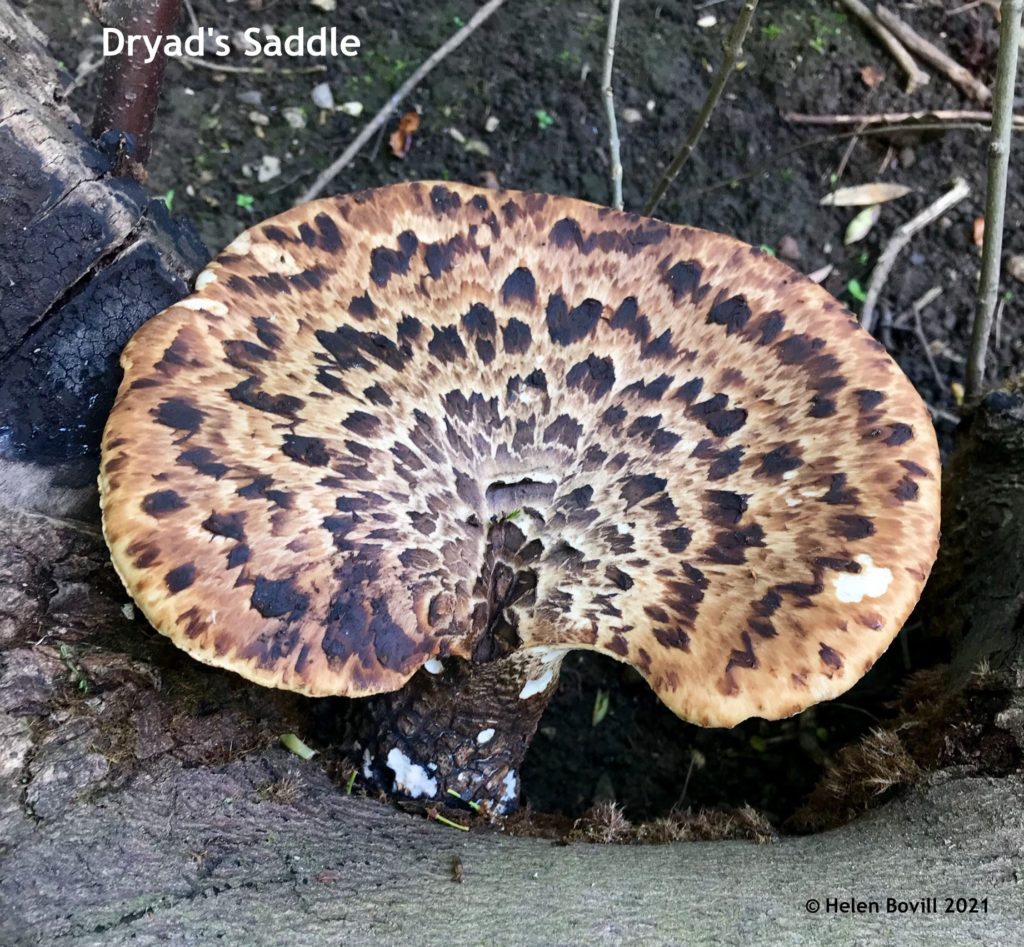
Mushrooms can be quite difficult to identify and can vary quite a lot between specimens. Some, like this Glistening Inkcap, deliquesce very quickly – these two photos were taken just 24 hours apart.
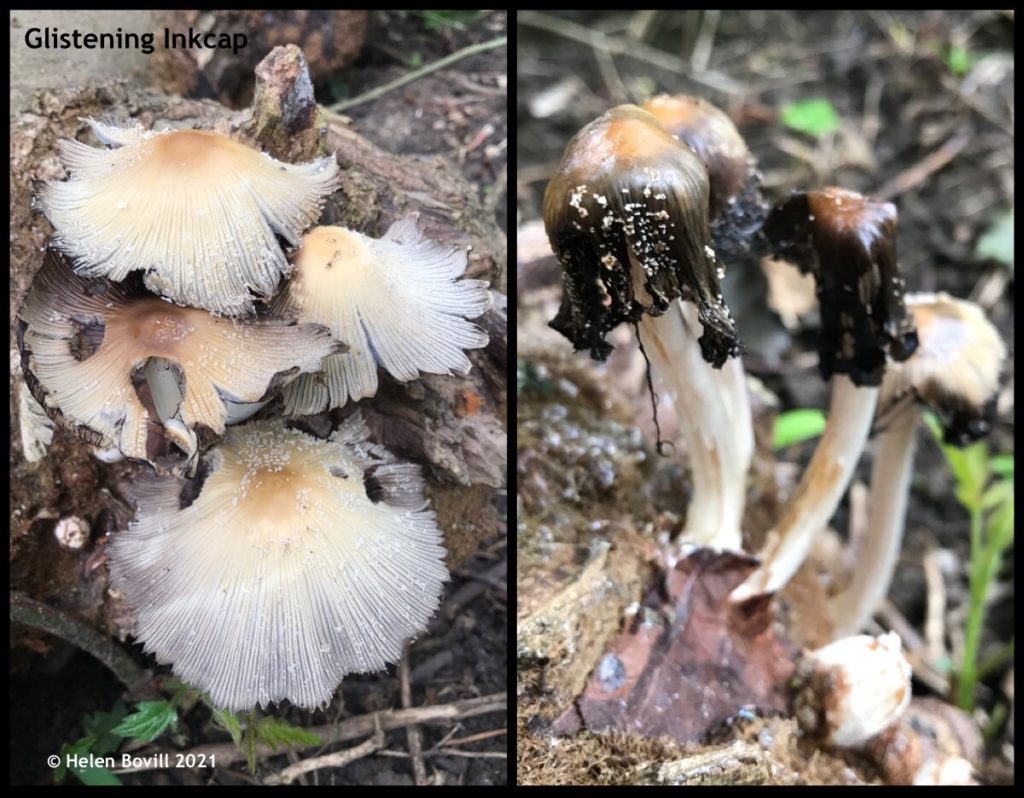
May has been a month of changeable weather and rapid transformation. The wonderful wildlife that lives in the cemetery has continued to thrive and new lives are being nurtured in peace and security all over the site. I hope to talk about these in the next newsletter.


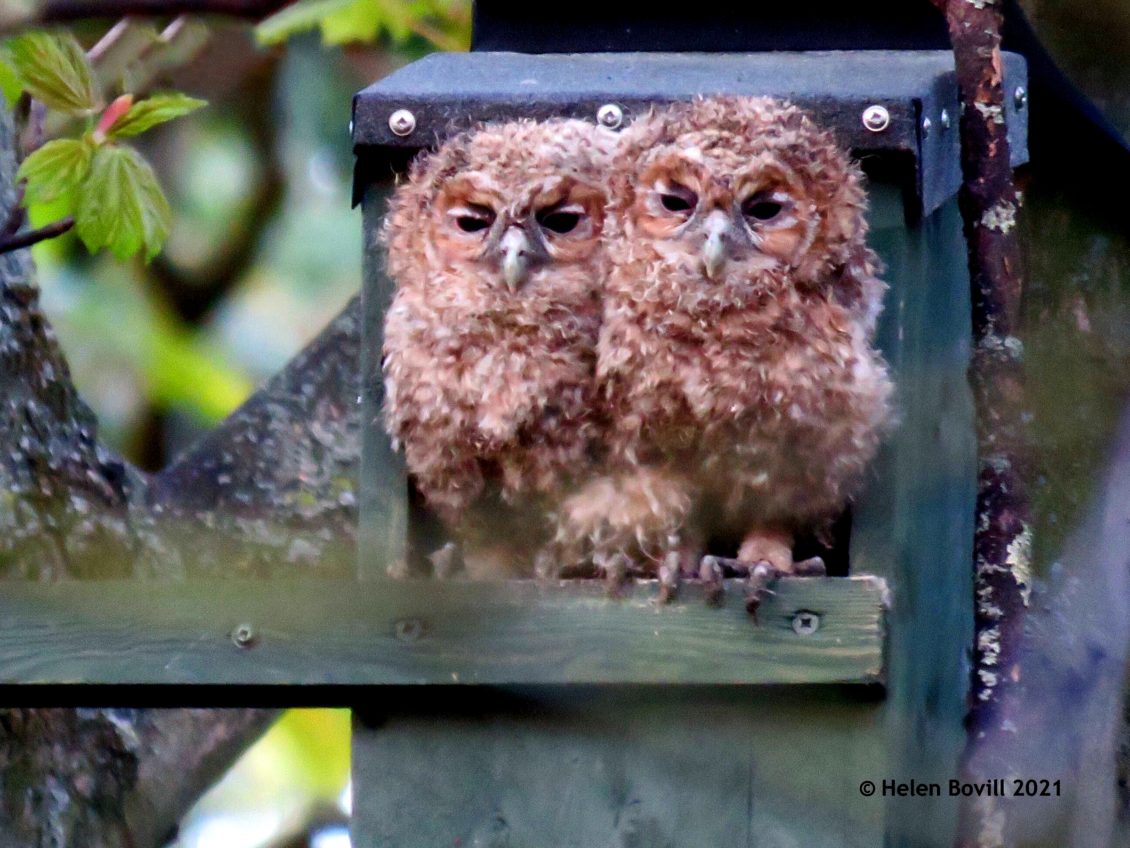
Love all photographs from Helen and others showing the sheer variety of wildlife of all kinds, these are wonderful and I thank Helen for them all.